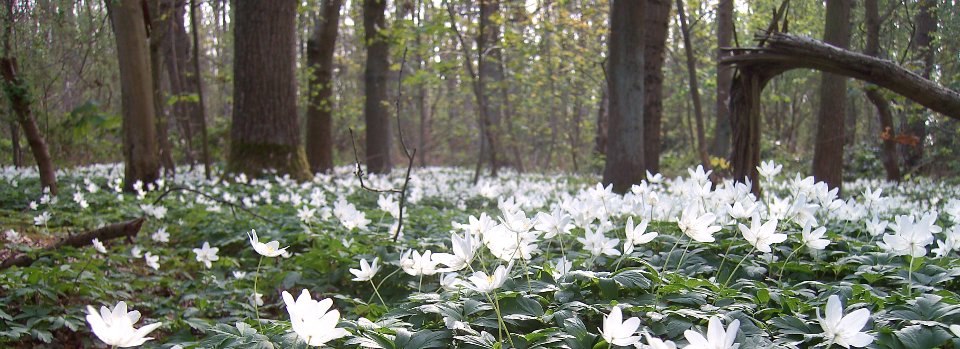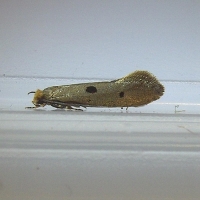Pressure of work has led to this website becoming a bit outdated, so here is a very quick update on where we are now.
During the public consultation period, a substantial number of objections were posted, many of them via this website. A big thank you to everyone who took the time and trouble to make their views known.
Persimmon were asked to make amendments to their plans to take public comments into consideration and they duly submitted some minor changes which can be seen online dated 20 December 2011. These amendments addressed some of the ecological issues but still nowhere near to the extent that the area deserves. None of the other issues raised by local residents were addressed at all.
The principal changes proposed were:-
- increasing the buffer zone around Lion Coppice from 5m to 10m with a minimum 10m rear garden to each property. This effectively brings us back to what was originally proposed by Persimmon representatives during the public consultation.
- moving 3 houses from the northern end of the site to elsewhere in the development to allow the retention of the northern ponds. Achieved by increasing the housing density on the rest of the site.
The SAMDev process is due to start very shortly, with a Shropshire Council Cabinet Meeting to discuss it scheduled for 7 March 2012. There will be a public consultation lasting 12 weeks most likely starting in 9 March 2012 Naturally, we will want to study the proposals in detail and make our views known during this period.
Thanks to Fiona Gomersall of Shropshire Wildlife Trust for some useful advice on managing the woods for wildlife. It seems we're mostly doing the right things, especially with our policy of retaining standing and lying dead wood to keep these important micro-habitats.
Having been enthused by the discovery of ghost moths on the site, I have been making a concerted effort to identify other moth species present in the area. To date, I have identified 35 species of moth including 5 that are, like the ghost moth, listed as Priority Species under Section 41 of the NERC Act 2006, making them material planning considerations. This is undoubtedly just scratching the surface of what is out there as I've so far only been catching and photographing the small number of moths that are attracted to our house lights and I only started doing this in August last year. I hope to be able to use a light trap during 2012 to get a more thorough idea of the moth species present in the area.
A number of trees were felled or "crown-reduced" recently as they were getting too close to the 400KVA power lines that pass over the north-east corner of the coppice. The cut timber has been left in situ to allow fungi and invertebrates to recycle the timber naturally. Much of it has also been stacked in piles to provide an additional micro-habitat. The clearance of these trees has also opened up the canopy in that area and I'll be watching out for any interesting plants that might take the opportunity to colonise it. The trees were last cut back in this area almost 15 years ago so it's quite remarkable that they have grown so tall in that time.


